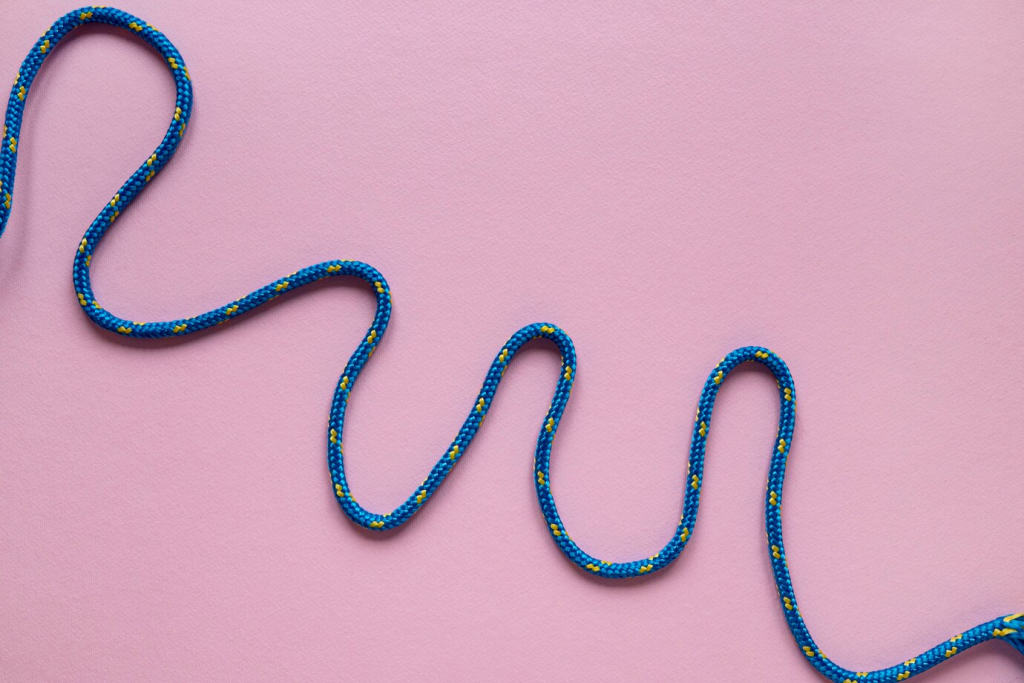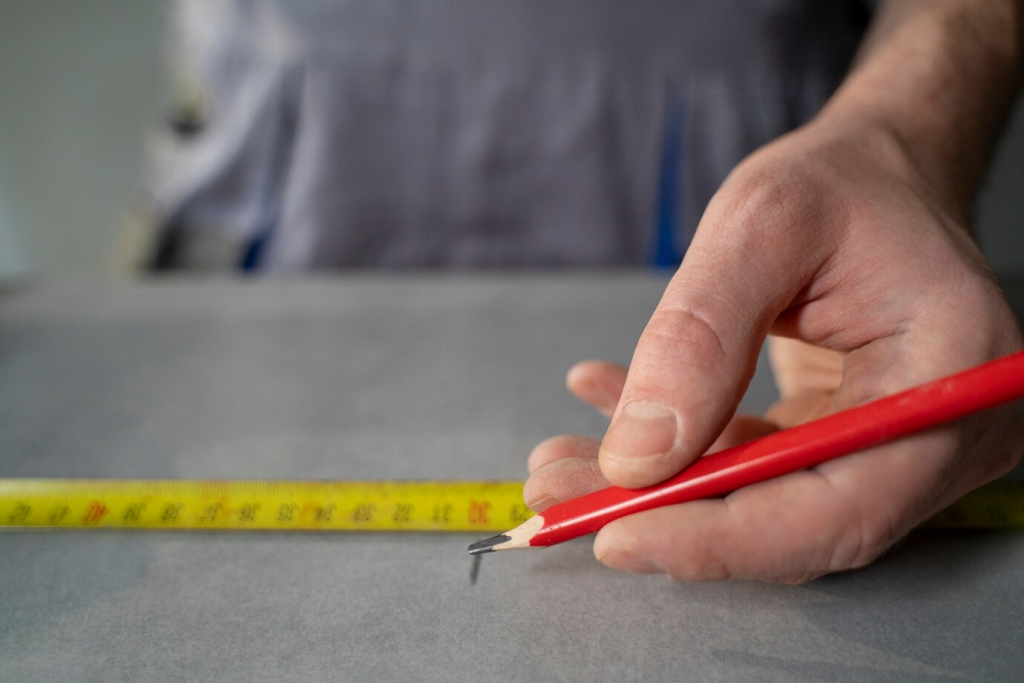
How to figure out your wrist size without measuring tape
Determining your wrist size can be crucial for a variety of reasons, from selecting the perfect bracelet to choosing the right size for a fitness tracker. Often, people reach for tape measures, widely regarded as the standard tool for this task. But what if you don’t have a measuring tape at your disposal? Fret not; this guide will explore inventive yet simple methods to measure your wrist circumference, ensuring your bracelets and gadgets should fit just right, even with average wrists or larger frames. Discover sizing charts that cater to different frame sizes and tips on how to accurately gauge your wrist size without the need for flexible measuring tools.
Understanding Wrist Size
What is Wrist Size?
Wrist size isn’t solely about the circumference; it’s an intimate reflection of your body’s frame size. For individuals with larger bones, the wrist circumference can signify larger frame sizes, while a smaller circumference often indicates smaller frames. Recognizing your own wrist size is crucial, as it determines not only the accessories that will suit you but can also serve as an indicator for various health assessments.
Why Wrist Size Matters
The essence of knowing your wrist size extends beyond mere aesthetics. For instance, fitness enthusiasts leverage this information to tailor their gadgets for optimal comfort and accuracy. Sizing guides recommend precise measurements to ensure that devices like heart rate monitors and activity trackers perform at their peak. Plus, for anyone into fashion, understanding wrist size is key to accessorizing with pieces that enhance rather than distract from your style. In essence, knowing the size of your wrists creates a harmonious blend between form and function.

Alternative Methods to Measure Wrist Size
The Paper Strip Method
- Instructions for Paper Strip Method
- Cut a strip of paper roughly the width of a typical wristband.
- Then wrap the paper around your wrist, ensuring it’s snug but not tight.
- Mark the point where the paper overlaps with a pen.
- Lay the paper flat and use any standard ruler to measure from the edge to your mark. The number you find is your wrist size.
- Refer to a sizing chart. A chart will provide you with a comparison against standard sizes to determine whether your wrist size is small, medium, or large.
By using paper, which is readily available, this method ensures that even in the absence of tape measures, you can still obtain an accurate measure of your wrist circumference.
The Ribbon or String Method
- Instructions for Ribbon or String Method
- Take a piece of ribbon or string and wrap it around your wrist.
- It’s important to do this over the wrist bone, following the same level of tightness as with the paper method.
- Mark the overlapping area with a pen.
- Straighten out the ribbon or string against a ruler or a yardstick to measure the length from the end to your mark.
- This length corresponds to your wrist size and, again, using a sizing chart will help determine the appropriate categorization of your size.
This method’s versatility allows you to use any flexible, linear material, making it incredibly convenient when measuring tapes are nowhere to be found.
Comparing to a Well-Fitting Watch or Bracelet
If you already own a watch or bracelet that fits your wrist perfectly, this can be an expedient gauge for your wrist size. Simply open up the band and lay it flat. Measure the length from one end of the clasp to the other. Take note of the number and check against sizing charts to validate the measurement, considering that watches and bracelets typically mirror the standard sizing guides.
Tips for Accurate Measurement Without Tape
Ensuring the right fit when measuring is crucial, especially when doing so without the standard tape measures. Achieving accurate results means your accessories and wearables will be comfortable, neither too tight nor too loose, and functional. To help you attain this precision, here are some tips:
- Ensure the Right Fit: When you wrap the paper, ribbon, or string around your wrist, it should fit snugly. The material shouldn’t compress your skin but lie comfortably flat. Think of how a watch strap should fit: not too tight to leave marks, nor too loose that it slides around on its own.
- Common Mistakes to Avoid: A common pitfall is pulling the measuring material too tight. While you may think this offers an exact measurement, it actually skews the result, making the final accessory fit tighter than desired. Conversely, leaving too much slack leads to an erroneously large measurement. The key is finding a happy medium where the material sits flush against the skin without indenting.
Using these alternative methods and tips, you’ll find that obtaining your wrist circumference is not only feasible without traditional measuring tapes but can be quite simple. Remember that while sizing charts are a helpful starting point, personal comfort and preference ultimately dictate the perfect fit for your unique wrist size.
Table 1: Wrist Measurement Comparison
| Wrist Circumference (inches) | Frame Size |
|---|---|
| 5.5 – 6.5 | Small Frame |
| 6.5 – 7.5 | Medium Frame |
| 7.5 and above | Large Frame |
This table illustrates how wrist size often correlates with general frame sizes—though individual preferences for tightness will vary, especially among those with larger bones or smaller frames. So, whether your wrist size is around the 5.5-inch mark or spans beyond 7.5 inches, understanding these dimensions will guide you toward the comfort and style you seek.

Using Your Measured Wrist Size
After measuring your wrist size using alternative methods, you can put this valuable information to work. Your measured wrist size acts as a key in unlocking a world of perfectly fitting accessories and wearables. It’s not just about getting a size that technically fits; it’s about finding the one that complements your body and feels right.
Selecting Jewelry and Accessories
The thrill of picking out a new piece of jewelry should never be dampened by uncertainty about fit. Whether you’re treating yourself or choosing a gift, knowing your wrist size opens up a seamless shopping experience. For bracelets, watches, or cuffs, it’s vital to account not only for size but for style and material, which can affect how a piece should fit. Here’s how to use your measured size effectively:
- Check the product’s sizing guide before making a purchase. Never assume that “one size fits all” or that sizes are standard across different brands.
- With your wrist size in hand, you might opt for adjustable pieces, which offer a bit more leeway and can be tweaked for the perfect fit.
Fitness Tracker and Wearable Sizing
For tech aficionados, getting a new fitness tracker or smartwatch is an exciting moment. However, if the wearable doesn’t fit well, it could lead to discomfort or inaccurate data collection. Most manufacturers offer various sizes and a detailed sizing chart which should be used in conjunction with the wrist measurement you’ve taken. Follow these steps for a sure fit:
- Compare your wrist size with the brand’s sizing chart. Charts typically list the wrist circumference each size is meant to fit.
- Remember, a fitness tracker should fit differently than a piece of jewelry; it often needs to be snug enough to detect heart rate and motion without constriction.
Conclusion
Mastering the art of measuring your wrist without a measuring tape can be a useful skill, be it for personal use or helping others. The methods mentioned here, which include the paper strip method and the ribbon or string technique, provide accurate and practical alternatives to the conventional tape measures. The essential aspect is ensuring that whichever method you choose, the process is performed with care to deliver a measurement that feels as though it was done by a professional. With these techniques, you are now equipped to tackle any situation that calls for a wrist measurement—sans a measuring tape—with confidence and precision.

FAQs
Frequently Asked Questions
1. What should I do if my wrist falls between two sizes on a sizing chart?
- If your wrist measurement falls between two sizes, consider how you prefer your accessories to fit. For a snugger fit, go with the smaller size; for a bit more movement, choose the larger size. For wearable tech, it’s usually better to go with the larger option to maintain comfort over extended wear periods.
2. Can these measuring methods be used for children’s wrists as well?
- Absolutely, the paper strip and ribbon or string methods are suitable for wrists of all sizes, including children’s. Just ensure that the measurement is as accurate as possible by following the same steps, keeping an eye out for their smaller frames.
3. How often should I check my wrist size? Does it change over time?
- It’s a good idea to check your wrist size periodically, as it can change due to various factors such as weight fluctuations or changes in bone density. For adults, once every few years should suffice unless you notice significant body changes.
4. Is there a difference in wrist size between the dominant and non-dominant hand?
- There can be slight differences in wrist size between your dominant and non-dominant hand due to muscle development and usage. Measure both if you plan to wear the item on a specific wrist and choose the side you’ll actually wear the accessory on for the most accurate sizing.
5. What should I do if I don’t have a ruler to measure the paper or string with?
- In the absence of a ruler, you can make use of any object with known measurements, such as standard printer paper (usually 8.5 by 11 inches in the U.S.). You could also use currency notes, as they have standard lengths, or reference objects like credit cards, though that will be less precise.